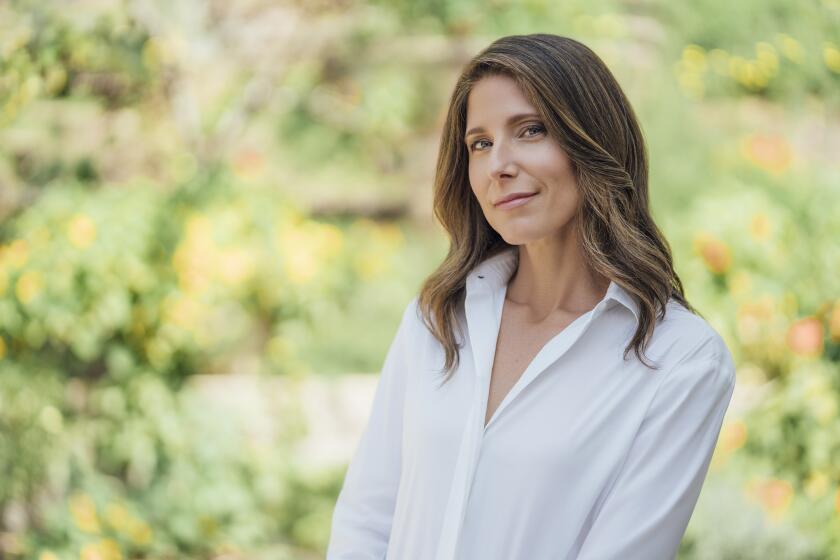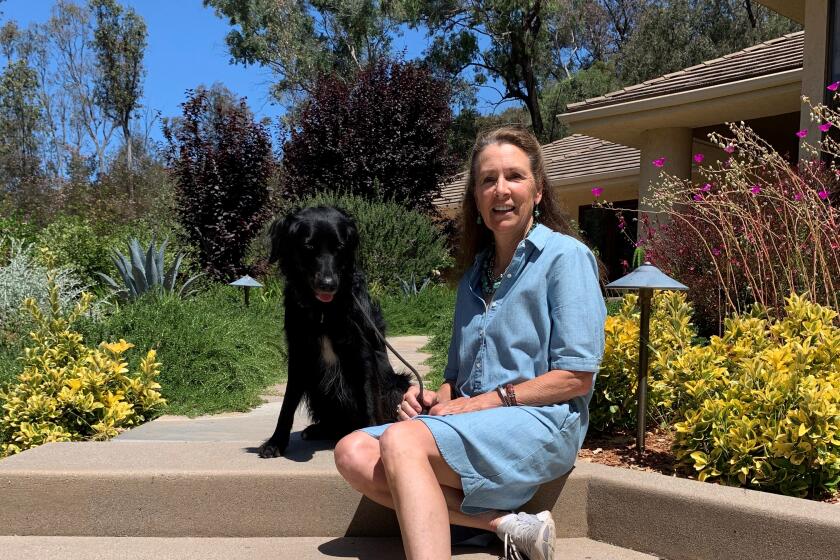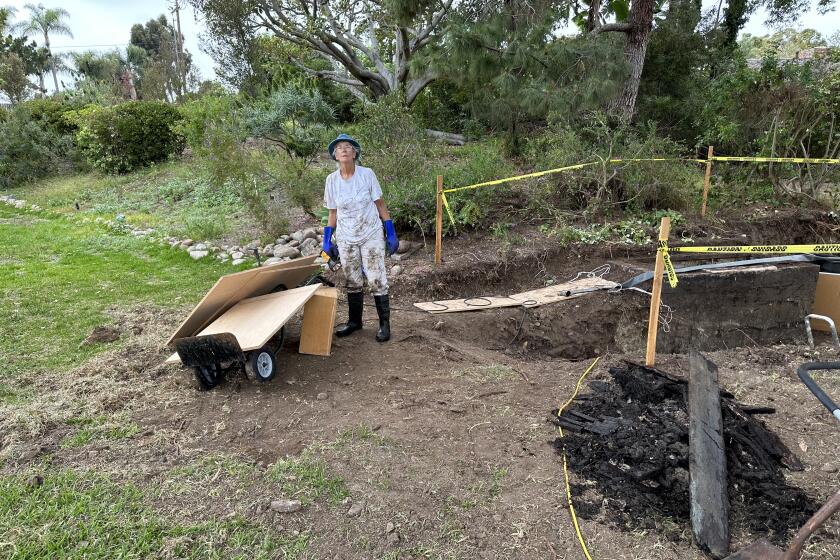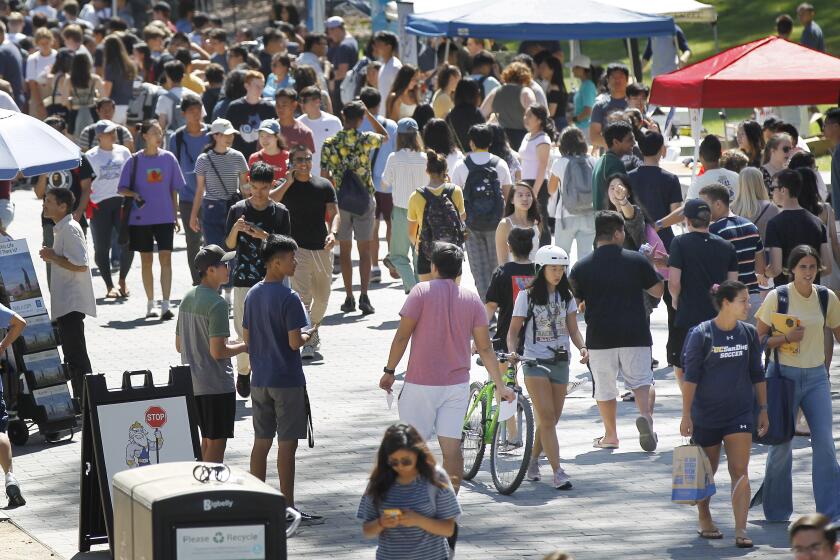RSF Association’s lighting regulation to get another rewrite

Community members have said regulation is too restrictive, confusing
The Rancho Santa Fe Association’s controversial lighting regulation will get yet another look.
At the board’s Sept. 19 meeting, Director Lorraine Kent made a motion to deny approving the latest iteration of the lighting regulation for posting and send it back to staff to distill it down to a simple rewrite with just minor modifications converting dated language of watts to modern lumens.
“I think we need to work on reduction of the complexity of these regulations so that we don’t have to hire people to interpret them,” Kent said. “The county regulations are pretty stringent already and pretty lax when it comes to security and safety. Maybe when we introduce new regulations we should introduce them one at time so we can have a good debate on what the impact is to the community because I think there’s too many regulations here.”
“I’ve lived here for 25 years, lighting wasn’t a big issue and we’re spending time on modifying these regulations and I think they’re too robust.”
After some discussion, the board unanimously approved postponing the posting and staff said they would be prepared to return to the board in November with an updated draft.
A draft of the lighting regulation was first posted for comments back in August of 2020. In the last two years, drafts have been reviewed by the Art Jury three times, there was a May town hall and workshops in June and September.
“It has not been an easy process,” said RSF Association Planning and Development Director Maryam Babaki. “But it’s one of those at each step has brought further refinement along the way and it does attempt to incorporate the different comments as best as possible. There are diverging views and this is a very complex subject.”
The detailed regulation updates the measurement of light output or brightness from watts to lumens and addresses outdoor lighting, safety lighting, features like uplighting, tree lighting, fountain lighting and chandeliers as well as sets hours for nighttime use—exterior lighting except for security and safety lighting, and address markers is to be shut off from 11 p.m. through sunrise.
During public comment, members described the regulation’s restrictions as harsh, arbitrary, confusing, impractical, difficult to comply with and hard to enforce.
Resident Meredith Garner said she loves dark skies and it’s something she’s really enjoyed about the community but she does not see a need for such strict restrictions. If anything, she said the regulation could be more narrowly written, just to address the “light offenders.”
“Practically speaking, a member couldn’t even interpret this,” Garner said of the regulation, adding that to comply, a member would likely need to hire a lighting consultant, lawyer and an electrician. “Everything about this doesn’t make sense to me. I’m only here because I just think it’s crazy.”
Members also said they were concerned that the regulation now included an amendment that the Rancho Santa Fe Tennis Club could have lit courts until 8 p.m., with Art Jury and board approval.
“We promote this community as being rural. Having a lit tennis court until 8 o’clock at night does not seem to me to be in any way conducive to a rural atmosphere,” said resident Sharon Ruhnau.
Resident Heather Slosar felt that addition might be a slippery slope, promoting lighting of other Association-owned facilities such as Richardson Field or the golf club driving range.
In the board’s discussion, Director Phil Trubey agreed with Kent on the need for a simple rewrite of the regulation—he still had many unanswered questions about different parts of the document and couldn’t support posting it as is. Director Greg Gruzdowich said he gets concerned whenever he sees specific numbers in regulations (such as tree lighting being limited to five trees) because everyone’s properties are so different.
“There are certainly compliance issues,” Gruzdowich said. “I look across a couple canyons and it’s pretty dark, but the concerns I’ve heard from people are that we have a couple of homes that are just Disneyland and how do we deal with the homes that are really causing issues to their neighbors and their enjoyment of their property.”
President Dan Comstock struggled with Kent’s motion to deny or delay the posting another month. While he knows there are people who do not want the regulations, there are many different views to represent—he’s also heard from people majorly in support of lighting the tennis courts and residents both for and against uplighting. He noted that the Association’s recent community survey showed almost an equal percentage of people wanted more restrictive lighting as those who wanted less restrictive lighting.
“We can’t make both sides happy, someone’s going to be upset when we make the decision one way or the other,” Comstock said. “Postponing the decision, I just don’t like it. I don’t want to keep postponing.”
While he ultimately supported Kent’s motion, Director Rick Sapp was also concerned that by kicking the regulation off their agenda, they are not doing a good service to the building department or the Art Jury which is seeking clarification and consistency in its decisions.
Get the RSF Review weekly in your inbox
Latest news from Rancho Santa Fe every Thursday for free
You may occasionally receive promotional content from the Rancho Santa Fe Review.









